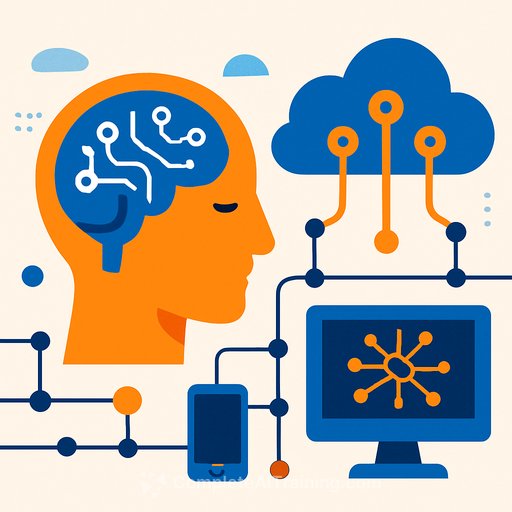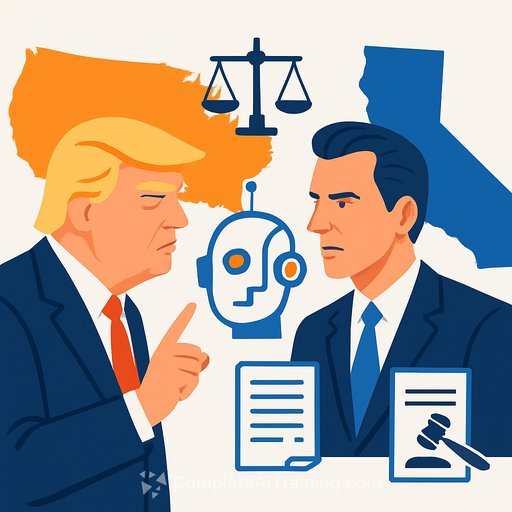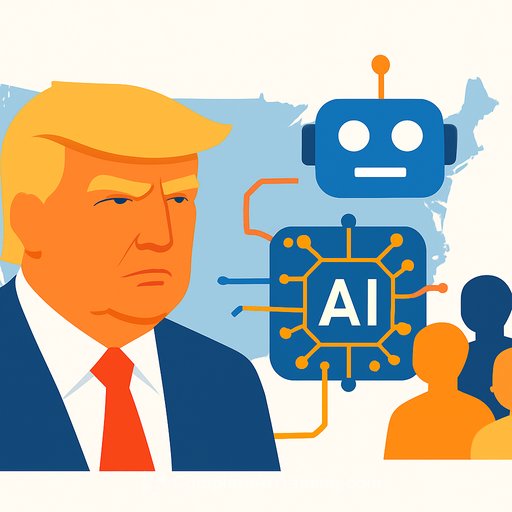Digital Law: Artificial Intelligence and Digital Infrastructure
5G Artificial Intelligence Connectivity
Artificial Intelligence (AI) cannot exist without the foundation of digital infrastructure. AI relies entirely on the digital networks and systems that support its operation. Without this infrastructure, AI remains theoretical and ineffective.
Connectivity networks, especially those evolved from traditional telecommunications, form the backbone of this infrastructure. The strength and coverage of these networks directly influence how widely and effectively AI can be deployed. Poor infrastructure limits AI access and benefits, leaving regions and governments at a disadvantage in the global digital economy.
For example, areas like Chiapas and Oaxaca, with modest internet speeds around 20 Mbps and coverage just above 50%, lag behind countries like Chile, which boast 400 Mbps speeds and nearly full coverage. This gap creates digital inequality, affecting competitiveness and social development.
The Relationship Between Digital Infrastructure and AI
Any serious digital policy or economic strategy must start with enhancing digital infrastructure. Discussing AI applications in sectors such as healthcare, education, finance, or public security without ensuring solid infrastructure is misleading. AI depends on reliable, high-capacity networks to function well.
The connection between AI and technologies like 5G networks, Data Centers, and specialized processors is mutually reinforcing. AI requires significant computing power, and traditional processors fall short. That's why Graphics Processing Units (GPUs) and Tensor Processing Units (TPUs) are essential—they accelerate large AI model training.
Data Centers act as the operational hubs for AI, providing the massive computing resources and storage needed to process and analyze vast data sets. They are indispensable for training AI models and delivering real-time outcomes.
5G Networks
Connectivity serves as the nervous system that integrates all AI components. 5G networks offer high speeds, extensive bandwidth, and minimal latency, making AI applications stable and efficient. This technology enables devices in smart cities, factories, and autonomous systems to communicate instantly and handle enormous data flows.
Digital infrastructure extends beyond Data Centers to encompass telecommunications, energy grids, and supply chains. As AI models become more complex, their efficiency will increasingly rely on expanding this infrastructure—more fiber optics, additional base stations, wider spectrum, advanced processors, and faster networks.
The challenge is significant. Regions with limited connectivity, such as Chiapas, Oaxaca, Guerrero, and Michoacán, face digital exclusion. Meanwhile, areas like Nuevo León or the Bajío require bandwidth comparable to Chile or Brazil to attract and maintain foreign investment. Building an AI-driven society demands prioritizing top-tier digital infrastructure.
For professionals interested in how AI integrates with digital infrastructure and its legal implications, exploring practical AI training can provide valuable insights. Visit Complete AI Training for courses that cover AI technologies and their applications.
Your membership also unlocks:






